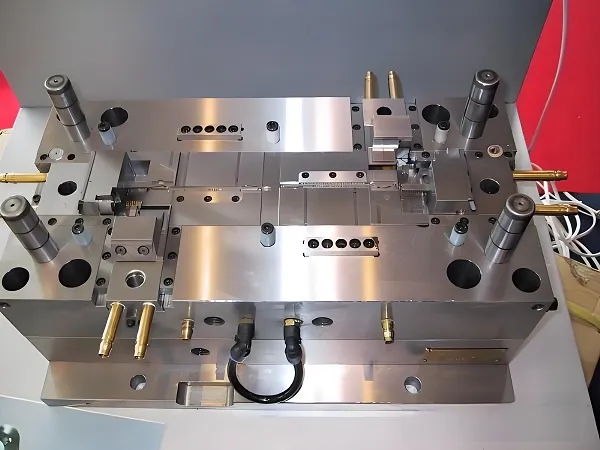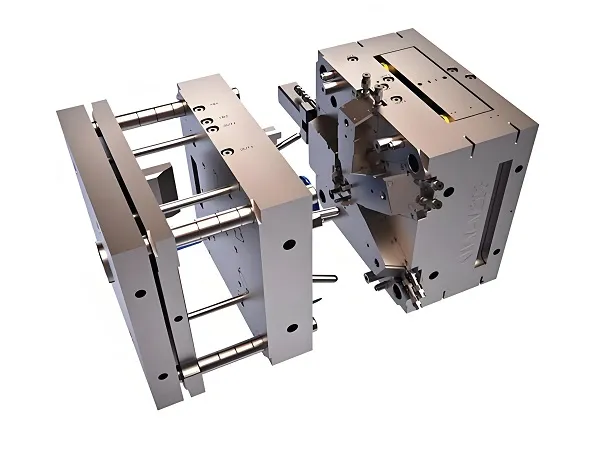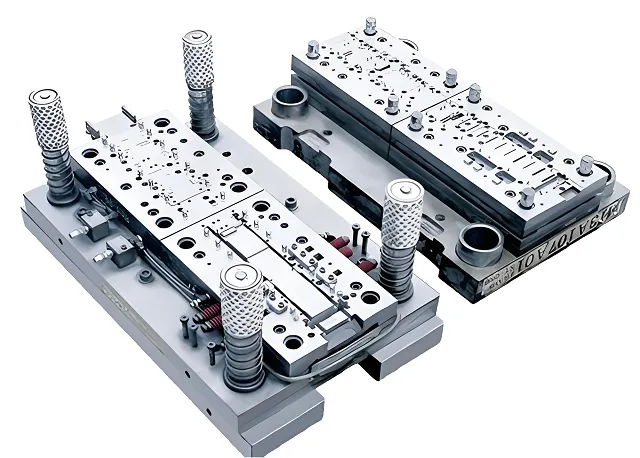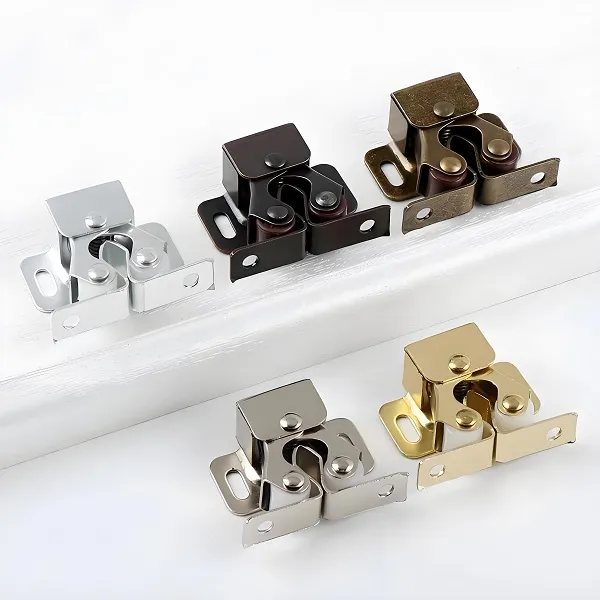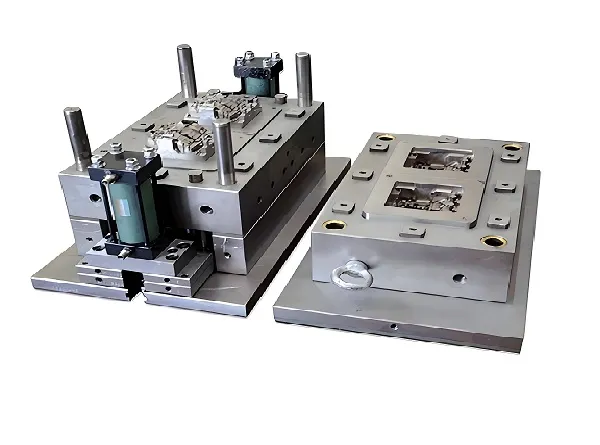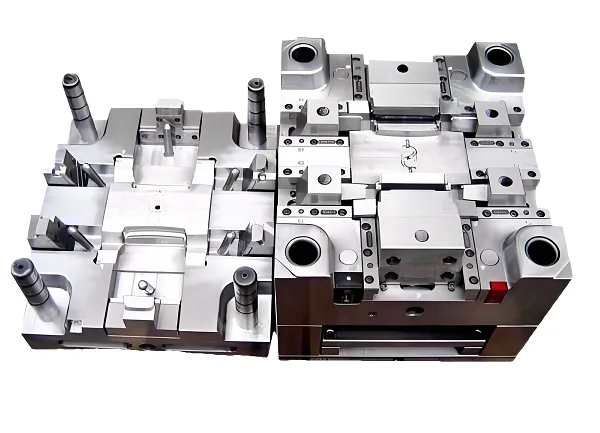
I. Introduction to CNC Machining of Aluminum Prototypes
The versatility of aluminum alloy CNC prototypes is demonstrated in various industries. Custom – made aluminum alloy CNC – machined prototypes have changed the game. They combine precision, fast turnaround, and cost – effectiveness, making them the preferred material for innovators in consumer electronics, automotive, aerospace, and industrial equipment.
- Consumer electronics: Mobile phone cases, heat sinks. High – speed milling, high – gloss polishing. ±0.05 mm, Ra 0.4 µm.
- Automotive manufacturing: Engine mounts, sensor housings. Multi – axis milling, deep – cavity processing. ±0.02 mm.
- Aerospace: Drone frames, hydraulic joints. Five – axis dynamic milling. ±0.01 mm.
- Industrial equipment: Robot arms, connectors. Precision turning, threading. ±0.03 mm.
- Excellent Precision and Surface Finish
Aluminum processing is an excellent choice for CNC aluminum alloy machining. It is different from other processes that rely on melting and solidification to manufacture prototypes. This approach usually causes parts to warp due to heat. However, CNC machining does not. It offers better tolerances and surface finishes. Through some polishing processes, these parts can even achieve a mirror – like finish. An example of feasible tolerances is IT8 – 7 with a surface finish of RA1.25µm.
- Superior Machinability
The machinability factor focuses on the efficiency of machining metals. Aluminum has an excellent machinability score. To obtain this score, we use simple carbon steel as a sample. After dividing its machining speed by the machining speed of aluminum, we get a value of 350%. This means we can cut aluminum 3.5 times faster than steel. Although steel is stronger and more durable, in prototyping, we must consider machining time to be more important. You can make prototypes faster by using aluminum, sacrificing only a little durability. Any additional coating is a protective bonus for the part.
- Corrosion Resistance
Aluminum has the unique advantage of corrosion resistance. If corrosion is a key factor in your order, simply choose aluminum metal as your primary material. The resistance comes from a thin oxide layer that forms on the exposed surface of aluminum, only a fraction of a millimeter thick. Its function is to protect the metal from any external harmful substances. Therefore, your parts do not require additional paint or coatings to avoid rusting.
- Easy Casting and Molding Ability
Aluminum ranks high in casting performance. The part shrinkage rate is small, so the possibility of errors due to part shrinkage is low. This significantly reduces the lead time for attempting to repair errors. In addition, the fluidity of molten aluminum is excellent, so it can better conform to any small details. This will reduce material waste per batch. Therefore, if you have any master models, consider aluminum manufacturing. It is an excellent choice for small – batch manufacturing through die – casting.
Molding is another great option for processing aluminum blanks. Due to the plasticity of aluminum, you can shape it into any form. This is achieved with the help of flexible tools and equipment. In addition, compared with non – molded parts, you can also increase the strength of the parts.
- Non – magnetic Alloy
Aluminum does not react with magnets. This is a crucial factor, especially when you are looking for components with resistance to magnetic field interference. Although there are other alloys with similar properties, aluminum is a cheaper and finer option. Therefore, it is a good and affordable choice for equipment casings that do not require magnetization.
- High – quality Aluminum Materials
- 6061 – T6: High strength, with a tensile strength of 310MPa, suitable for structural parts.
- 7075 – T6: Ultra – high strength, with a tensile strength of 570MPa, commonly used in aerospace.
- 5052 – H32: Renowned for its corrosion resistance, suitable for marine environments.
- How to Select Processing Materials
- Hardness of Aluminum Alloy CNC Machining: Hardness is directly related to the alloy chemical composition first, and secondly, different states also have a significant impact. In terms of the maximum hardness that can be achieved, the order from high to low is: Series 7, Series 2, Series 4, Series 6, Series 5, Series 3, Series 1.
- Strength of Aluminum Alloy CNC Machining: Strength is an important factor that product designers need to consider, especially when aluminum alloy components are used as structural parts. The appropriate alloy should be selected according to the pressure they will bear. Pure aluminum has the lowest strength, while Series 2 and Series 7 heat – treatable alloys have the highest strength. There is a certain positive correlation between hardness and strength.
- Corrosion Resistance of Aluminum Alloy CNC Machining: Generally speaking, Series 1 pure aluminum has the best corrosion resistance, Series 5 performs well, followed by Series 3 and Series 6, while Series 2 and Series 7 are relatively poor.
- Welding Performance of Aluminum Alloy CNC Machining: Most aluminum alloys can be welded without problems, especially some Series 5 aluminum alloys, which are designed specifically for welding. Relatively speaking, some Series 2 and Series 7 aluminum alloys are more difficult to weld.
- Sandblasting (Shot Peening)
The process of cleaning and roughening the metal surface using the impact of a high – speed sand stream.
This method of aluminum part surface treatment can make the surface of the workpiece obtain a certain degree of cleanliness and different roughness, improve the mechanical properties of the workpiece surface. Therefore, it enhances the fatigue resistance of the workpiece, increases the adhesion between it and the coating, extends the durability of the coating, and is also beneficial to the leveling and decoration of the paint. We often see this process in various Apple products.
- Polishing
The polishing process is mainly divided into: mechanical polishing, chemical polishing, and electrolytic polishing. After aluminum parts are processed by mechanical polishing + electrolytic polishing, they can approach the mirror effect of stainless steel. This process gives people a sense of high – end simplicity, fashion, and the future.
- Brushing
Metal brushing is the manufacturing process of repeatedly scraping lines on the aluminum plate with sandpaper. Brushing can be divided into straight – line brushing, random – pattern brushing, spiral – pattern brushing, and thread – pattern brushing. It makes the metal show fine hair – like luster in matte, giving the product both a sense of fashion and technology.
- High – gloss Cutting
The diamond tool is fixed on the spindle of a precision engraving machine rotating at a high speed (usually 20,000 revolutions per minute) to cut the part, creating a locally high – gloss area on the product surface. Anodizing and brushing processes make the TV set full of a sense of fashion and the sharpness of technology.
- Anodizing
Anodizing refers to the electrochemical oxidation of metals or alloys. Under the corresponding electrolyte and specific process conditions, due to the action of an applied current, an oxide film is formed on the aluminum product (anode).

